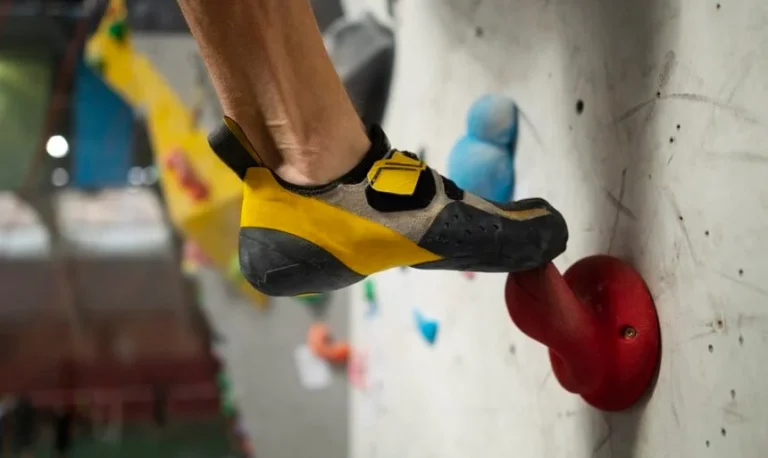Ever wondered if that secondhand sleeping bag for sale is worth your money?
Compression damage can make or break your outdoor sleep experience. When sleeping bags sit compressed for months—or even years—they may lose their ability to keep you warm.
In the next few minutes, you’ll learn exactly how to test any sleeping bag’s loft recovery and avoid getting stuck with a dud on your next camping trip.
Why Loft Matters in Sleeping Systems?
Loft is the magic behind how sleeping bags keep you warm. Think of loft as the fluffiness factor—it’s the amount of space the insulation takes up when fully expanded.
The more loft your sleeping bag has, the more air it traps, and the warmer you’ll be.
Whether filled with down or synthetic materials, all sleeping bags work on the same principle: trapping your body heat in tiny air pockets.
When compression damage occurs, those air pockets collapse, and your bag can’t keep you warm anymore.
Common Signs of Compression Damage
Before diving into testing methods, you should know what compression damage looks like:
- Flat spots that don’t fluff up even after shaking
- Uneven thickness throughout the bag
- Clumping of the insulation material
- Cold spots when you use the bag
The good news? Not all compression is permanent. Many sleeping bags can recover with proper care and patience.
Simple Loft Recovery Tests Anyone Can Do
The Shake Test
This is your first and easiest check. Take the sleeping bag out of its storage sack and give it a good shake.
A healthy bag will immediately start expanding. If you notice areas that stay flat no matter how much you shake, that’s a red flag.
Pro tip: After shaking, let the bag sit uncompressed for at least 24 hours before making your final judgment. Some high-quality bags need time to fully recover.
The Hand Press Test
Place your hand on different sections of the sleeping bag and press down gently. In a bag with good loft:
- Your hand should sink in slightly
- The insulation should push back against your palm
- After removing your hand, the area should quickly return to its original shape
If the material stays flat after you remove your hand, the bag likely has compression damage.
The Measurement Test
For a more scientific approach, try this simple measurement test:
| Step | Action | What You’re Looking For |
| 1 | Lay the bag flat on the floor | A smooth, even surface |
| 2 | Measure the thickness at multiple points | Consistent measurements |
| 3 | Let it sit for 24 hours | Maximum loft recovery |
| 4 | Measure again | Should be thicker than initial measurements |
Ideal results: Most quality sleeping bags should recover to at least 90% of their original loft within 24 hours.
Recovery Techniques for Compressed Sleeping Bags
Found a great deal on a sleeping bag that’s a bit flat? Don’t worry—try these recovery techniques first:
The Dryer Method
Many synthetic sleeping bags can benefit from a gentle tumble dry on low heat with clean tennis balls. The balls help break up clumps and restore loft. Always check the manufacturer’s care instructions first to avoid damaging the bag.

The Hanging Method
For down sleeping bags, hanging them uncompressed in a dry place for several days can work wonders. This gentle approach allows gravity to help separate the down clusters and restore their natural loft.
Be patient with this method—high-quality down bags can sometimes take up to a week to fully recover.
When to Walk Away from a Used Sleeping Bag
Some compression damage is beyond repair. If you notice these issues, it’s probably best to look for another sleeping bag for sale:
- Insulation that feels hard or crunchy
- Strong musty odors that don’t dissipate
- No improvement after 48 hours of recovery attempts
- Visible tears or damage to the baffles that separate insulation chambers
Final Thoughts
Testing a used sleeping bag’s loft recovery is essential before making any purchase.
With these simple tests, you can confidently evaluate whether that sleeping bag will keep you warm on your adventures or leave you shivering through the night.Remember that even the best sleeping bags need proper care. Always store your sleeping bag uncompressed when not in use to maintain its insulating power for years to come.




